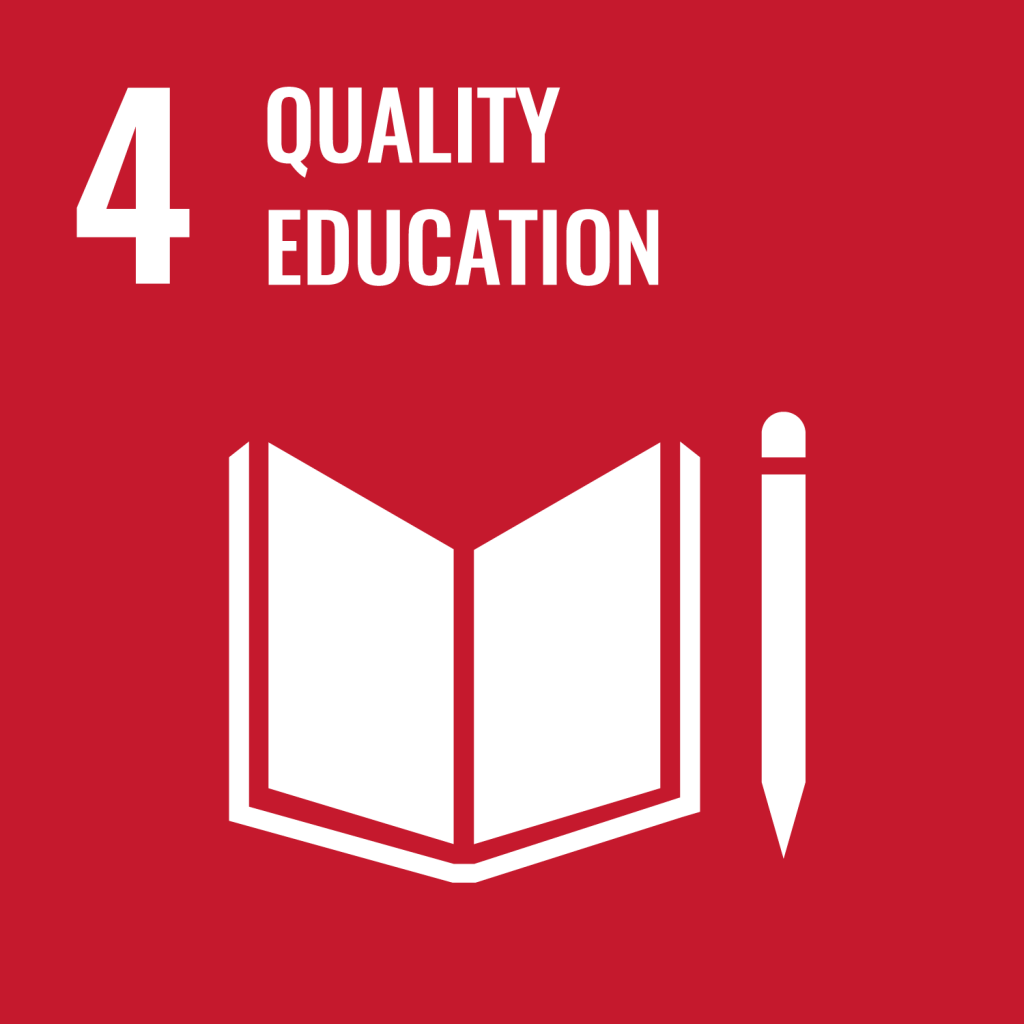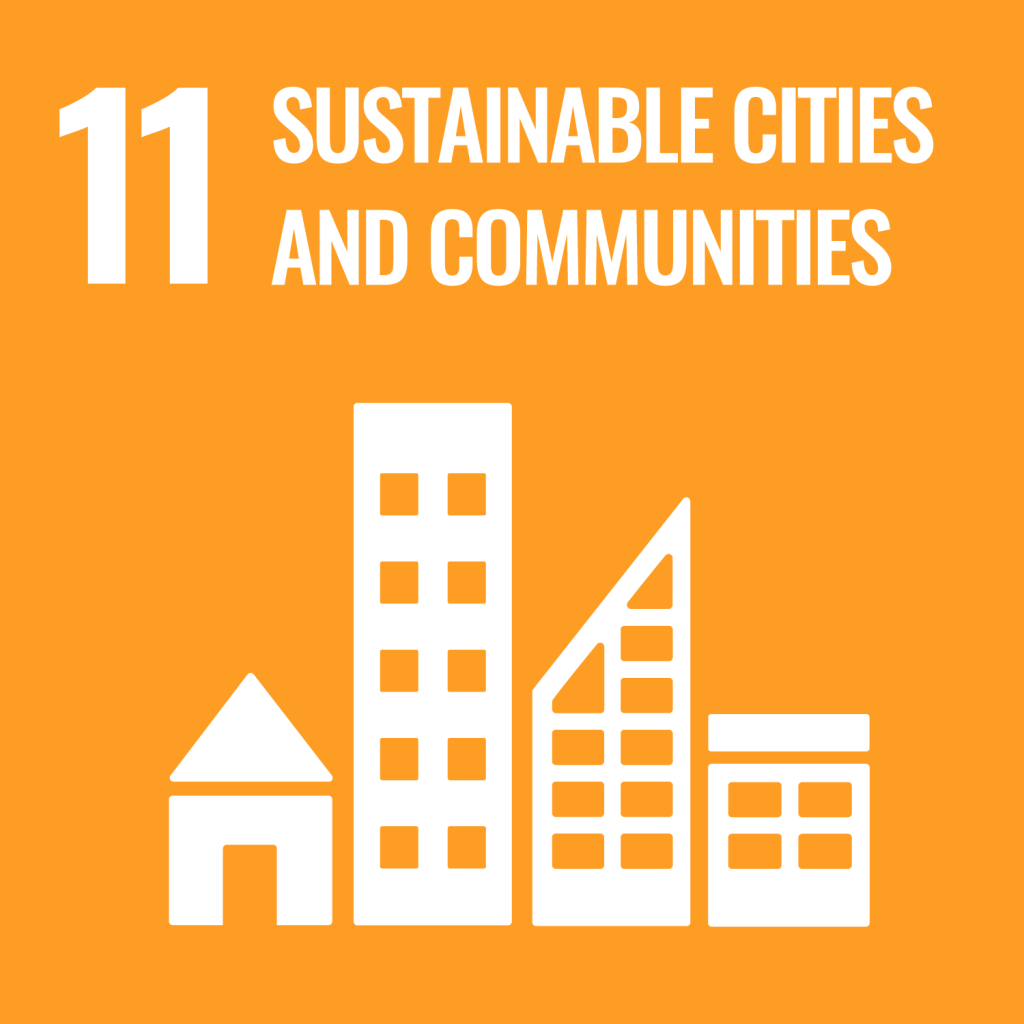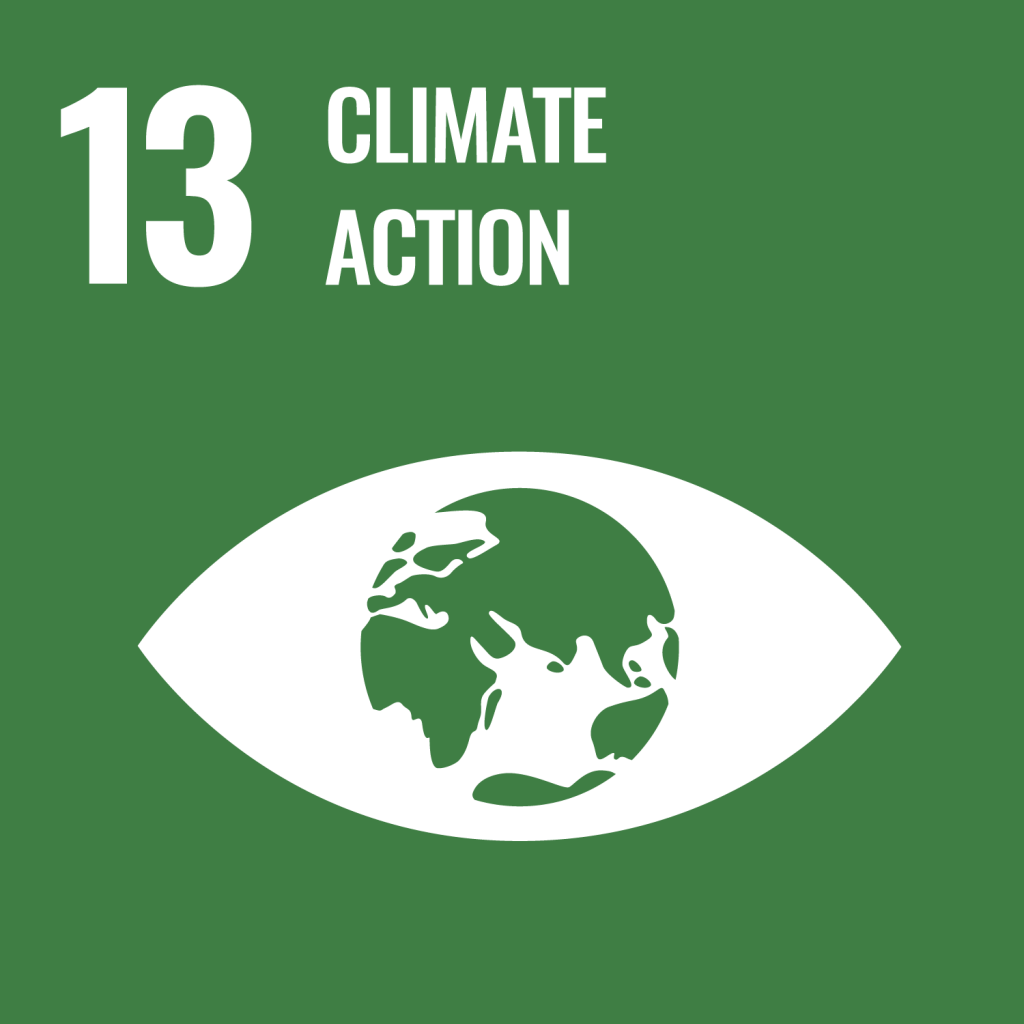Countess Montessori School
Small (10-49 employees)
Tertiary
Educational Services
Lesson
Your business as a space for learning and community action. Placemaking is a pillar of sustainability practice. Co-producing space for opportunities to enroll children, parents, volunteers and community in undertaking sustainability practices is fundamental to building transformative pathways at the local scale. This case illustrates how the design of early childhood activities can also enhance adult participation in sustainability practice and move actors from observers to agents of change. SMEs can use and repurpose their infrastructure and operational or unused spaces to undertake urban gardens, creative activities, or learning areas that promote cooperation for sustainability and disaster resilience as a business value in their community.
Background
Montessori de la Condesa (MDLC) is an educational institution inspired by the philosophy of María Montessori, located in Mexico City. With more than twenty years of experience, the school has focused on comprehensive development from preschool to elementary school to help children flourish. Within their activities, they seek to encourage physical activity, creativity, English language proficiency, and other skills. Among these, the inclusion of its urban garden program stands out, which has evolved over the last two decades.



Sustainability Story
Since its creation, Colegio Montessori de la Condesa has focused on the adoption of sustainable practices as part of its worldview, where it is perceived that what affects one affects all. This awareness approach was adopted by the founders of the institution, which since 1996, has carried out programs for the separation of waste that is organic and inorganic, the integration of non-carbon emitting energy systems, like solar, and the development of spaces for the cultivation and care of urban gardens.
To date, the school has received the recognition “Green School and Environmental Leader” by SEMARNAT (Ministry of Natural Resources of Mexico), exceeding the necessary requirements requested by the federal authority. The college has also been noted for its openness to collaboration with sustainable programs of business organizations, as well as with some universities.
Countess Montessori School Practices
| Urban edible garden | Waste management |
|---|---|
| Grow an urban garden to aid in food security, teach sustainability practices to children, and create sustainable cities. | With the aim of achieving zero waste and counting CO2 emissions. |
Pathway Map
Urban Edible Garden
View the Pathway MapWaste Management
View the Pathway MapEnabling Factors for Practices
| Internal to the organization | External to the organization |
|---|---|
| They have a vision: Constantly focused on sustainable development, it is one of the axes of the education program and identity of the school. | Community Support: The organization has been developed in support of actors with their community (support from mothers and fathers, teachers). The local community volunteers have been involved in some activities carried out by the school, which facilitates the implementation and maintenance of the urban garden practices. |
| Replication strategy: It has been possible to amplify the scope of its sustainable programs by replicating its practices in other contexts (institutions) in the region. |
Arresting Factors for Practices
| Internal to the organization | External to the organization |
|---|---|
| Financial resources: The costs associated with the learning curve of the project were absorbed by the institution, which hinders accelerated development or growth. | Absence of government support: Although the school has earned recognition for its sustainable practices, there are no consistent incentives or programs to further promote these practices. |
| Trained staff: At the beginning, the staff had anecdotal or empirical experiences that stimulated the interest of the students but did not facilitate the long-term viability of the project. | Social resistance: Difficulties have been experienced at the time due to time dedicated to the garden or the establishment of new recycling rules and routines. |
Lesson for Disaster Risk Reduction
A series of phenomena detected by the interview participants and the way in which they reduce the risk of a disaster are documented below. Hydrological risks (rains, floods) are identified in the region. The institution has some insurance to mitigate the risk. They promote the understanding of these phenomena with their students, their relationship with climate change and expectations for the future. Geological risks associated with the region (earthquakes) are identified. The institution has identified the risk, has protocols based on guidelines given by Civil Protection, as well as financial instruments for risk transfer (insurance).
The school has already established a community learning hub and has created an important social learning environment. This is a fundamental resource for the local families, businesses and the general local resilience building efforts. As organizations such as this school begin to undertake sustainability oriented initiatives, adopting a disaster risk reduction strategy to community and convene other local actors is an important step into leveraging all available resources for localizing the DRR agenda and climate action.
